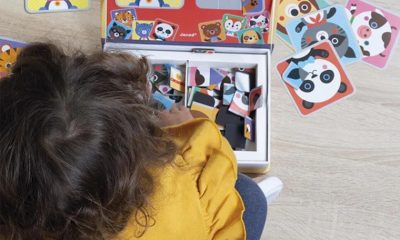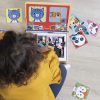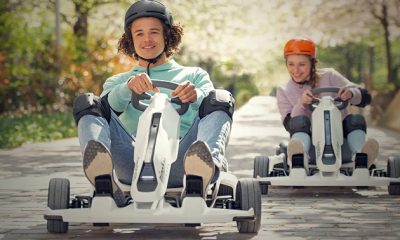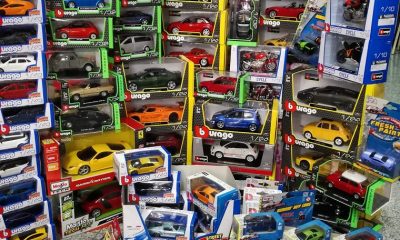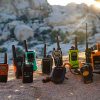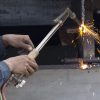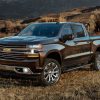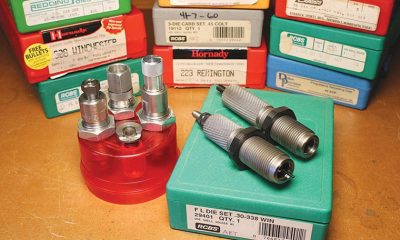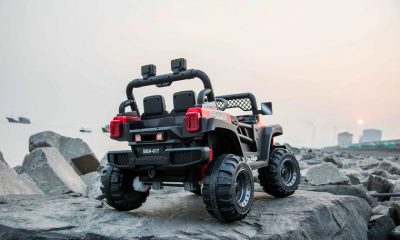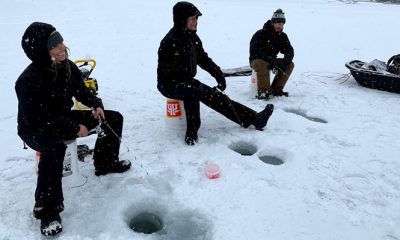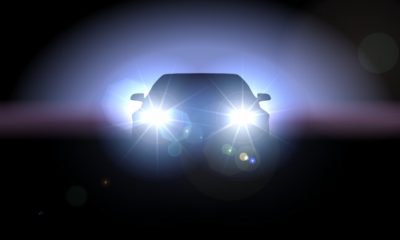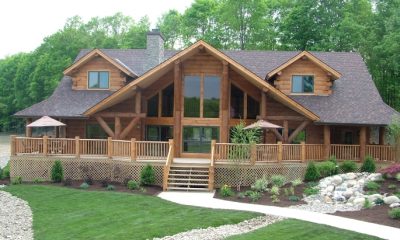Toys
5 Benefits of Ride-On Toys for Kids: A Parent’s Guide
Kids love to play, so what better way to nurture their development than with toys they can actually ride? These fun and interactive vehicles do more than just keep little ones entertained. They support coordination, balance and confidence, all while giving kids a sense of independence as they zoom around the house or yard.
As a parent, you might want to weigh the pros and cons before bringing one home. Whether you’re eyeing a small car, an adorable bike or a rugged ride on jeep, here’s everything you need to know about their benefits and what to consider before buying:
Benefits of Ride-On Toys
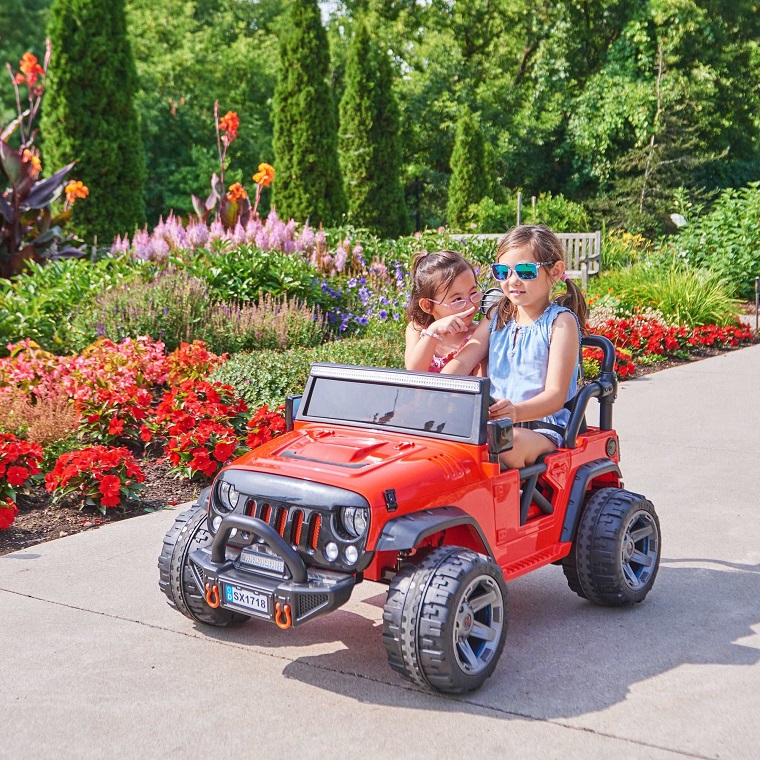
Improve Gross Motor Skills
One of the biggest benefits of these toys is how much they help with gross motor skill development. As kids push, scoot, pedal or steer, they build strength in their legs and core while improving balance and coordination. Navigating around obstacles or using their feet to move teaches them how their body works in space, boosting spatial awareness. These movements help build muscle memory and encourage active play. Over time, this foundation supports other physical activities like running, jumping or playing sports.
Promote Independence and Confidence
We all want to see our kids grow into confident, independent little humans and ride-on toys can help with that. Giving your child their own set of wheels builds a strong sense of independence as they explore their surroundings on their own terms. They learn to make decisions, follow simple rules like turning or stopping and solve problems in real time. That feeling of “I did it!” after navigating around the yard or down the hallway boosts their confidence and encourages a growth mindset. It’s more than just play—it’s a chance for them to take control, feel capable and enjoy the freedom of movement.
Encourage Imaginative Play
These toys do more than just get kids moving—they open the door to a world of imagination. A ride on jeep that looks like the real thing can instantly become an adventure vehicle, whether your child is off to the shops, on an animal rescue mission or about to explore a magical land. This kind of play encourages creativity and helps them build storytelling skills as they create their own little world. Pretending to drive like a grown-up also gives them a chance to act out real-life scenarios in a safe and fun way, boosting both confidence and emotional development through imaginative, independent play.
Promote Social Interaction
Ride-on toys are a fun way to help kids build social skills. Whether they’re racing siblings, playing pretend with friends or cruising around with other kids, these moments encourage turn-taking, sharing and teamwork. Through play, children learn how to communicate, resolve conflicts and understand each other’s feelings. It’s a great way to help them connect and make new friends. Bonding over their little vehicles can help kids develop empathy and cooperation. These early social experiences set the groundwork for strong, healthy relationships as they grow.
Boost Cognitive Development
Ride-on toys also boost cognitive development. As children manoeuvre their vehicles, they enhance their spatial awareness, depth perception and hand-eye coordination. Exploring their environment while riding helps them better understand their surroundings and improves their ability to focus and concentrate. Some ride-on toys even incorporate educational elements like numbers, letters and colours, making learning engaging and interactive. This combination of play and learning encourages critical thinking skills and helps children develop cognitive abilities in a fun way.
Types
You’ll find that ride-on toys generally fall into two main categories, and each brings something different to the table. Whether your child loves a bit of speed or prefers using their own energy to get around, there’s an option that fits just right. Here’s a quick look at the two most popular types.
Electric Ride-Ons
These battery-powered vehicles often come with fun extras like headlights, music and horn sounds. Some include a remote control so parents can step in when needed. They’re great outdoor toys for active play in gardens, parks or driveways.
One standout option is the electric ride on jeep. These models are often designed to look just like the real thing, with rugged details and bold styling that kids love. A mini jeep gives your child that sense of adventure as they imagine exploring off-road trails or cruising around the neighbourhood. Built to handle a bit of rougher play, they’re perfect for little explorers who enjoy big adventures.
Manual Ride-Ons
Pedal and push versions encourage kids to move using their strength. They help with balance, coordination and leg strength. Lightweight and easy to use, they’re ideal for indoor and outdoor play.
What to Consider Before Buying?
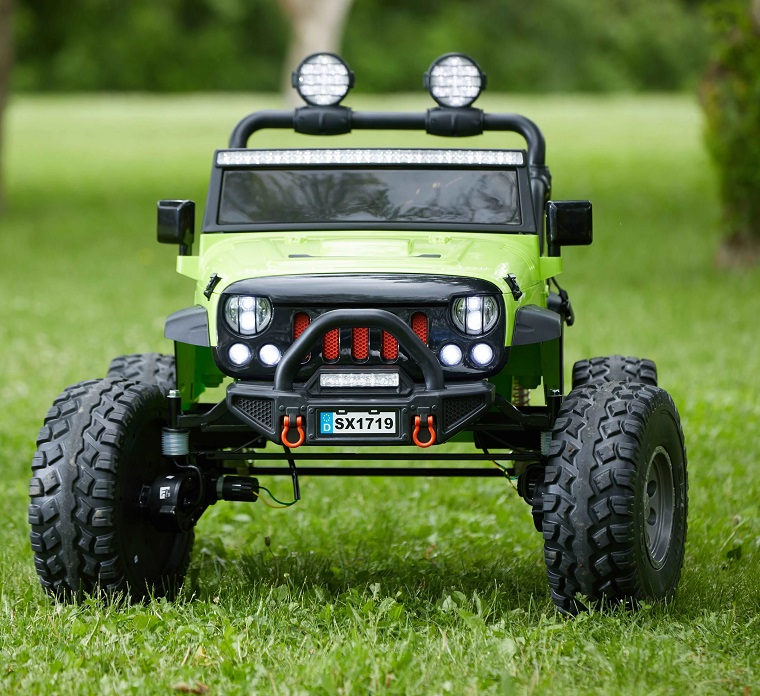
Before you pick out a ride-on toy, there are a few things worth thinking about to make sure it’s a good fit for your child. Size matters so you’ll want something that suits your child’s height and weight for them to be able to use it comfortably and safely. A ride that’s too big or small can take the fun out of playtime. Reviews can be helpful, too. Reading what other parents have said can give you insight into how the toy holds up, how easy it is to use and whether it’s worth the price.
Safety is a top priority, so keep an eye out for sturdy construction and safety features like seatbelts or remote controls for younger kids. You can also look at extras like working lights, music or horn sounds. These little touches often make the experience more exciting for your child and can keep them entertained longer.
Writing for the blog since 2012, Chris simply loves the idea of providing people with useful info on business, technology, vehicles, industry, sports and travel – all subjects of his interest. Even though he sounds like quite the butch, he’d watch a chick flick occasionally if it makes the wife happy, and he’s a fan of skincare routines though you’d never have him admit that unless you compliment his impeccable skin complexion.

